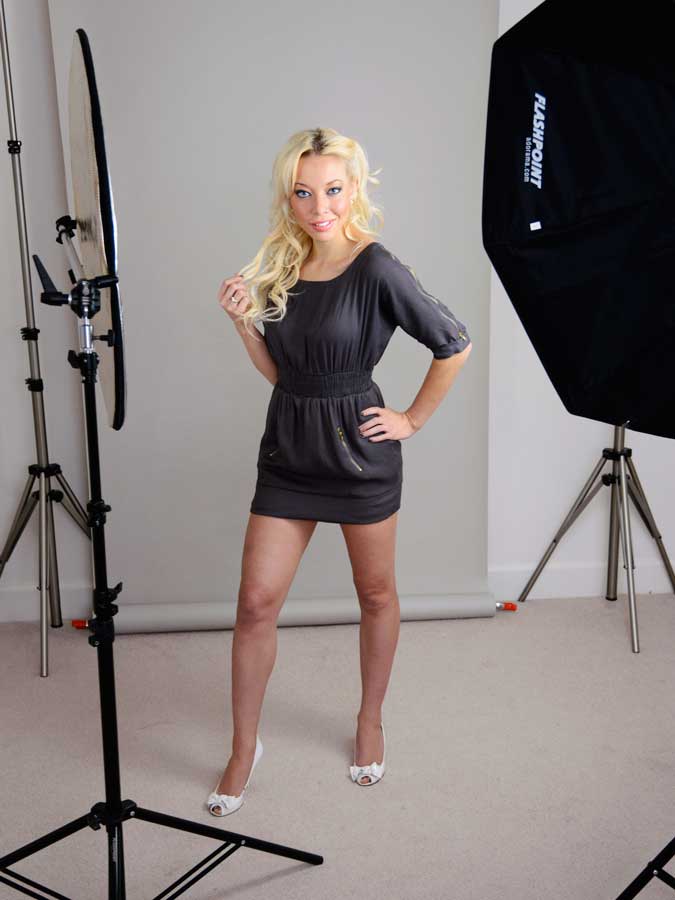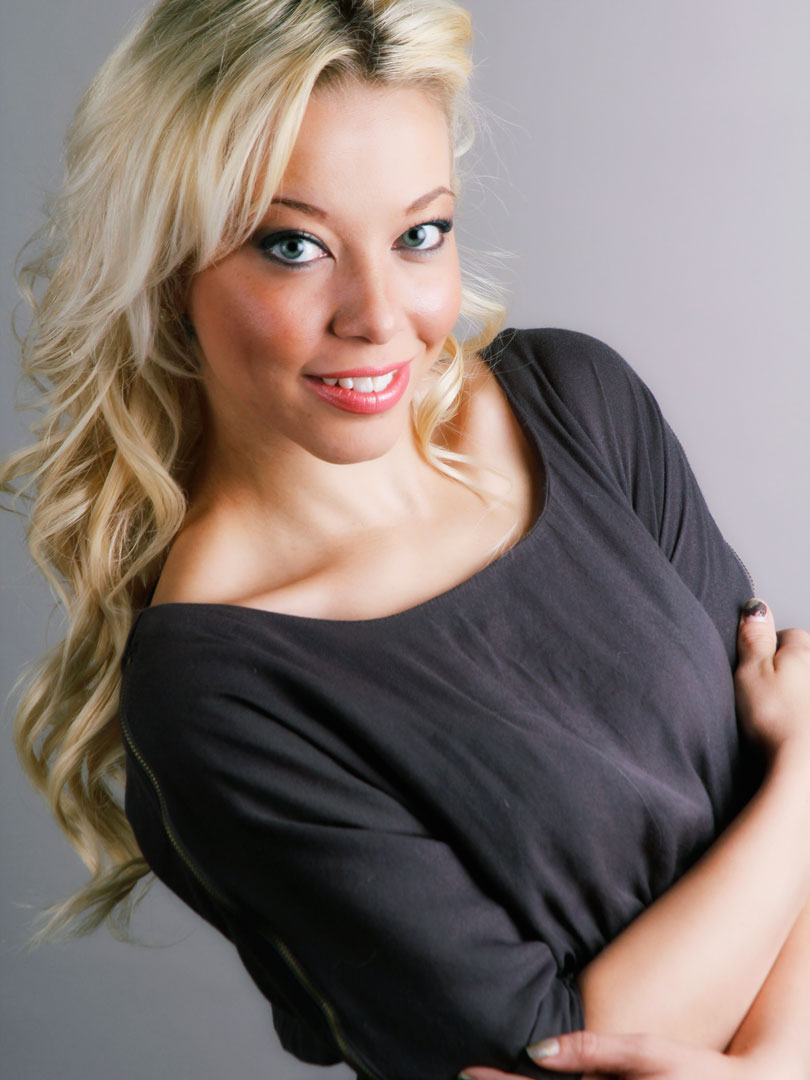Today’s Post by Joe Farace
On April 1, many bloggers and on-line pundits decide to become humorists and post what they think are whimsical musings. Not here. Not today. Although I’ll occasionally go on a rant, I try to keep this blog’s focus on practical photographic advice, as in today’s post.
 Whether shooting headshots with speedlights, pack & head systems or monolights, one of the best ways to improve the quality of their light output is by attaching an umbrella or a softbox.
Whether shooting headshots with speedlights, pack & head systems or monolights, one of the best ways to improve the quality of their light output is by attaching an umbrella or a softbox.
Each of these light modifiers has their advantages and disadvantages and the choice between which one is best for you should be governed by one important rule: The closer the light is to the subject the softer it is; the further away a light source is the harder it becomes.
Umbrellas provide a round, broad and soft source of lighting that could, for simplicity’s sake, be considered to emulate natural outdoor lighting. Softboxes can be rectangular, square or octagonal and mimic the kind of soft, directional lighting that is produced by windows. (I have an octagonal window in my home’s master bedroom.)
Because umbrellas create broad lighting, they’re easy to use. You just point an umbrella at a portrait subject and bang, zoom nice soft lighting! You use two umbrellas and you’ll think you’re a lighting genius. And because rain and sun versions of these devices have been around for 4,000 years, umbrellas are simple to construct and less expensive to purchase making them perfect for photographers new to using portrait lighting equipment. As I write this, you can buy an umbrella, like the 45-inch Photoflex White Satin Umbrella, for 20 bucks. So they’re cheap, easy to use and produce nice light.
 Softboxes are more controllable and are available in different sizes that when placed close to a subject produce soft, yet directional light. There are also lots of accessories available for softboxes, including grids or louvers, that make lighting even across the plane of light. What’s the downside? Typically softboxes are not inexpensive although I found a 32-inch Neewer octagonal softbox for $37.49, as I write this.
Softboxes are more controllable and are available in different sizes that when placed close to a subject produce soft, yet directional light. There are also lots of accessories available for softboxes, including grids or louvers, that make lighting even across the plane of light. What’s the downside? Typically softboxes are not inexpensive although I found a 32-inch Neewer octagonal softbox for $37.49, as I write this.
Unlike umbrellas that are forgiving, softboxes may requite balancing the main versus fill light (that could even come from an umbrella) that’s often expressed as a lighting ratio. Or not. Ultimately there is no “one size fits all” solution to portrait lighting, whether it;’s lighting ratios or light modifiers. Just as you will select the appropriate lens and ISO setting for a natural light photograph, when it comes to working with artificial light you need to select the right tool for the project at hand.
How I made the above image: For this headshot of Misa Lynn, the camera was a Canon EOS 60D with EF 85mm f/1.8 USM lens attached. Exposure was 1/125 sec at f/10 and ISO 100. Lighting was provided by a monolight with a 36 x 36-inch octagonal soft box mounted and that was located at camera right with fill provided by a 32-inch round reflector that was located at camera left. Background is Savage’s Widetone Seamless Background Paper (#57 Gray Tint.) on my falling apart JTL background stands.
If yo u’re interested in learning how I shoot portraits and how I use cameras, lenses and lighting in my in-home studio and on location, please pick up a copy of Studio Lighting Anywhere which is available new from Amazon.com for $22.15 or used starting at the giveaway price of $3.50, as I write this. The Kindle version is $19.99 for those preferring a digital format.
u’re interested in learning how I shoot portraits and how I use cameras, lenses and lighting in my in-home studio and on location, please pick up a copy of Studio Lighting Anywhere which is available new from Amazon.com for $22.15 or used starting at the giveaway price of $3.50, as I write this. The Kindle version is $19.99 for those preferring a digital format.